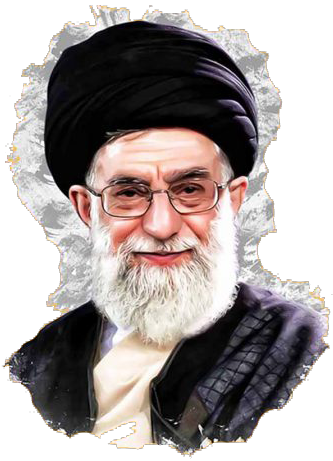The treasury of pottery holds about 15,700 relatively complete objects, all of which are made of clay or kaolin (china clay). The objects in this treasury appear in different sizes having had different functions in the past. There are jars, jugs, bowls, pots, plates, glasses cups, multiple containers, etc. In terms of use, some items performed merely “ritual” or “funerary” functions and had no application in everyday life, but most of them were made for use in daily life, e.g. meeting essential needs in the kitchen (cooking) or storing water and food.
Prominent pottery from different cultural and historical periods is kept in the collection, which is unique in its kind. There are several examples of multi-colored pottery from the prehistoric period, which are very valuable and rare. Making two-colored or multi-colored pottery was common in the Bronze Age and this type of pottery was produced in many parts of Iran. According to studies, the main center of such pottery was the western regions of Iran and the shores of Lake Urmia influenced by Anatolian art and industry. Later its range was expanded to the Iranian central plateau reaching areas such as Ibrahim Abad on the Qazvin plains. In the cultures of southeastern Iran, including an area called Shahr-e Sukhteh (the Burnt City), multi-colored pottery can also be seen. In the historical period, Parthian flasks with a variety of designs, dimensions and patterns is prominent most of which was produced in the northwestern regions of Iran. In the Islamic era, by the use of different and diverse pottery techniques and the expansion of this industry, many outstanding works were produced. Some very valuable and rare pottery of the Islamic period has given this collection a great weight compared to other similar collections in the country. Among the valuable and prominent Islamic pottery, works of unglazed pottery, molded pottery, decorated mud water pottery, sprinkled glaze, single-color glaze, sgraffito, enameled, Zarrinfam (golden shade), Siah-Qalam (with pen and ink drawing), silhouette, ultramarine gold-plated pottery, white and blue pottery, celadon, kubachi, Gambroon and multi-colored pottery of Kerman and Mashhad can be mentioned.
Iron Age funerary pottery with various forms is one of the special features of the collection. Most of this type of pottery comes from the north and northwest of Iran.
The oldest work in the treasury, according to studies and expert opinions, belongs to the Neolithic era and dates back to about 8000 years ago, sixth millennium BC. It looks like a small bowl on which simple black geometric patterns are engraved. This piece of pottery is from the time sedentism began and the first pottery works were produced in Iran.
The works in the pottery collection can be classified in three categories of prehistoric, historical and Islamic works. Each of these long eras can be divided into shorter ages. Prehistoric pottery can be categorized as the works that belong to the Neolithic-Chalcolithic Age (copper and stone works), works of the Bronze Age and works of the Iron Age. Each age can in turn be divided into early, middle and late periods. In the historical era of Iran, there are the Achaemenid, Parthian and Sassanid periods, and in the Islamic era, there are three periods of early, middle, and late Islamic centuries, each of which can be subdivided into smaller timespans. For this classification of pottery to be accurate, it is important to pay attention to the techniques and styles used by the maker. One can see that many techniques and styles appeared at certain points in history and abandoned after a while.



